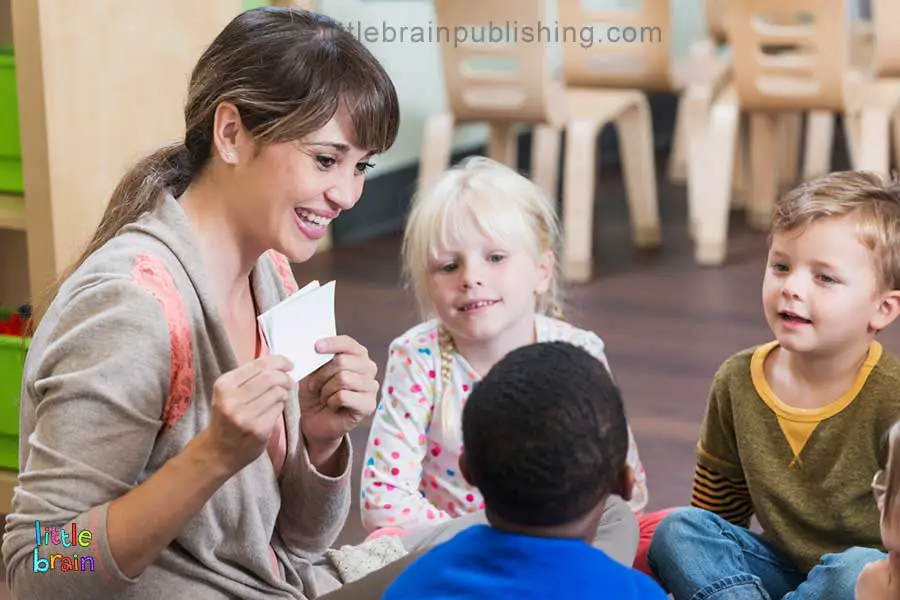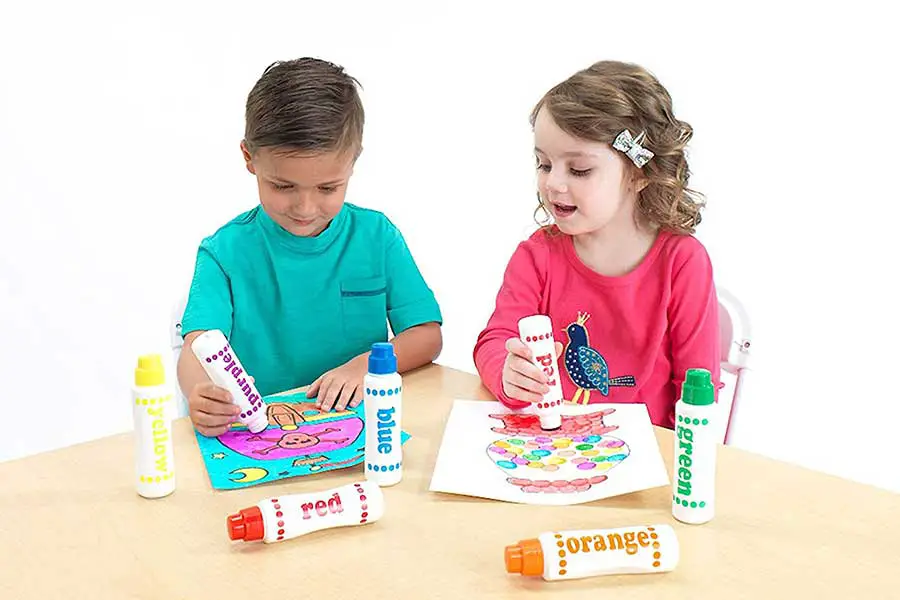You might have heard of education, but what is special education? The majority of the people might think of students (with disabilities) spending their day in a different kind of classroom doing various learning exercises/activities. Yeah, a lot has changed today.
Special education focuses on teaching students (with disabilities) without separating them from normal kids or allotting them in special classrooms.
It would be best to have determined teachers with a greater patience level and love for the kids.

Special Education is structured to meet the needs of every disabled student. Every child needs a specially tailored structure of education. There’s no regular fit for all plans in such type of education.
Eligibility:
A student qualifies for special education if they are suffering from any of the 13 disabilities listed below:
- Auditory Impairment
- Autism
- Deaf-Blindness
- Emotional Disturbance
- Learning Disability
- Intellectual Disability
- Multiple Impairments
- Orthopedic Impairment
- Other Health Impairment
- Speech Impairment
- Traumatic Brain Injury
- Visual Impairment
- Noncategorical Early Childhood (NECC)
The above disabilities are categorized under autism, hearing impairment, and intellectual disability. Common disabilities like Dyslexia, Dyscalculia, Dysgraphia, and Dyspraxia are learning disorders. Autism is different from such learning disorders. But, people often misinterpret both terminologies.
Teaching Sight Words To Students With Learning Disabilities!
The majority of the children learn sight words naturally with minimal effort. Meanwhile, students with disabilities may find it difficult. But, students with dyslexia have learned at a better seed using sight words. The tutor needs to figure out appropriate ways that work best for a particular student. However, parents are equally responsible for taking the initiative. Here are ways to teach sight words to special education students/ students with disabilities.
Start With A Small Number:
Learning is the most complex cognitive function. Many students face difficulty acquiring basic skills like writing, reading, and mathematics. Some require additional time to develop these skills.
To teach dyslexic students always start with small amounts. It makes them comfortable and doesn’t overwhelm them in the long run. Start with five to ten words for the first week. If they can cope with the pace, gradually increase words per week.
Point out words and encourage them to read/spell the word. It also gives you a better idea about the types of words a student finds difficult to read.
Suppose a student reads words correctly except “B and D.” He misinterprets B as D and D as B. Such misinterpretation of similar-looking words makes him perform poorly in academics. Confusion between alphabets like “U, V, and W,” “P and F,” “O and 0 (zero), or “E and B.”
Using Audio:
There have been times when the army has been taught languages in a short period using audio. Using the audio-lingual method, you might notice better learning. You may enforce animated videos teaching sight words. Students grasp better by seeing pictures.
Card Game:
Create sets of cards with object names/words on them. Suppose a card has a chair written on it; stick it to the chair. Similarly, create cards for surrounding objects. This way also encourages their sensory skills. You can also use a different type of material for cards that are safe to use. You can also boost your child to create such cards.

Word Games:
Word Games like Word Search can be beneficial for revision purposes. Ask your child to find out words he has learned in the past. It not only develops recognition skills but also builds awareness.
Once they can recognize and find words, the optimistic take charge. As parents or tutors, you have a responsibility to create that sense of positiveness that a belief system needs to be created.
Connect with Picture:
To read, write, the sound of the letters, the meaning of a word, all this needs to be understood. Dyslexic students aren’t able to fulfill such basic requirements. To understand the sounds and meaning of a word, you can enforce pictures. Seeing pictures can make a student understand the meaning behind that word. And, the human brain is better at learning visually. So why not give it a try?
Use Dot Marker or Pencil:
This one is simple and easy to implement. Just take a pencil, chalk, or dot marker (if available). Ask your child to write and spell each alphabet and then spell the entire word. It initiates sound learning and the addition of words to form new ones. Target specific words until they can read and spell them fluently.

Tag-Team Plays:
In developing and under-developed countries, dyslexia often remains unnoticed. Parents often get disappointed and consider their child as “useless.” Without making an effort to find the natural talent in a child, people start to judge, lowering the child’s self-esteem. Such disability also makes them prone to be alone or have fewer friends.
A good tutor, parent, and a figured-out strategy can help a child. You can also get his friends to play word games. Another way is to play paintball games.
There are two players (at least) or two teams with a list of words in this game. Both players have different color paintballs. Suppose player A has green color and player B has an orange color. Now, create a word wall where the players need to shoot. The team with maximum correct shots wins the game. It makes learning way too exciting and bonds the team. Better to be played between dyslexic students.
How Do You Teach Sight Words To Autistic Children?
Autism has a broad spectrum of challenges, especially learning. However, it necessarily won’t affect a child’s learning ability/grasping power. It affects the way of learning. People often misinterpret autism and dyslexia. Dyslexia is a learning disorder that affects difficulty in interpreting words.
At the same time, autism is a development disorder where the brain interprets sounds and colors differently. Primarily, autism is a social and communication disorder.
Autism kids might not learn through traditional ways. They’re just wired differently. Few might be visual thinkers. Other might be an audio learner. Such students face difficulty while forming long strings of words, multi-step instructions that make reading difficult. Here are few techniques that can engage your child in learning.
Multisensory Technique:
Autistic Kids brain often interprets things differently. So, forcing them to memorize a set of something just because it functions in a certain way is wrong. You can implement Multisensory techniques like visual, audio, touch, and interaction. The majority of autistic kids can be visible or audio learners.
Short, Simple yet Effective:
Try to keep each lesson short and simple. Yes, the effort paid is extra than usual, but it’s worth it. Break every task into smaller parts and increment daily. Slow and steady wins the race.
Read & Write:
These two activities are crucial for every student. Read, read and read makes a person better at reading. The more books you read, the more words you come across, the more words you face often, the sentence teaches you the word’s meaning and its uses. Meanwhile, writing toughens the vocabulary.
Pictures:
As said earlier, few children are visual learners. Pictures can be a helping hand. Picture cards and picture games can help autism. However, some words don’t possess a definite picture. Words like the, a, an, once, etc., don’t have a specific image. For such words, you need to take the initiative. Please bring plenty of picture books, storybooks that would attract them towards reading?

Phonics and Memorization:
Phonic is a traditional way of teaching reading how words sound. At the same time, memorization is teaching words by sight, so they memorize them. Both methods work hand in hand. Suppose a child is progressing through phonics, he might face difficulty in silent alphabets. Words like SIGHT and SITE have the same pronunciation but different spelling. The memorization method eliminates such issues. Hence, sight words have proven to be effective for autistic.
Games:
No one loves all-day studies. To make learning fun, you can come up with unique ideas and games. Don’t just think about word search or something from the internet. Try to make your games. Previously, we have discussed paintball games which made learning fun.
Similarly, you can also name every toy of your child and ask him to read and spell. You can also reward your child with his favorite cartoon if he solves a two to three words word ladder. Keep a new picture card with their toothbrush every day. Just make things exciting to learn!
Forming words:
You can do many activities to form words. Magnetic Board is one such idea. Just get a magnetic board with movable letters and ask your child to create a word he’s familiar with. Or you can also use sand to let him draw any alphabet he wants. Ask him to construct words by seeing a picture.
How To Teach Sight Words To Struggling Readers
Every child is different and has different grasping power. Thus, every child learns at a different pace. You might face times when few kids struggle to read or spell certain words. Such students need a little special attention. You can spend 30 minutes extra for such a group of students. You need to Analyze the issues the child faces. Here are few ways to get struggling readers on track.
1) Repetition
2) Card Game
3) Story Books with lots of pictures
4) Word Games
Conclusion
Every kid is born with different talents and potential. Few develop skills at an early stage, and few may take some time. But slow progress is still progress. Practice is a tool that can make things happen.
A person born with talent can get defeated by a person born with it but had commitment and perseverance. Your faith self-belief can move mountains, but your doubts can create them. So keep faith in the child whether he is struggling with reading, his autistic, anything. Have Faith!
